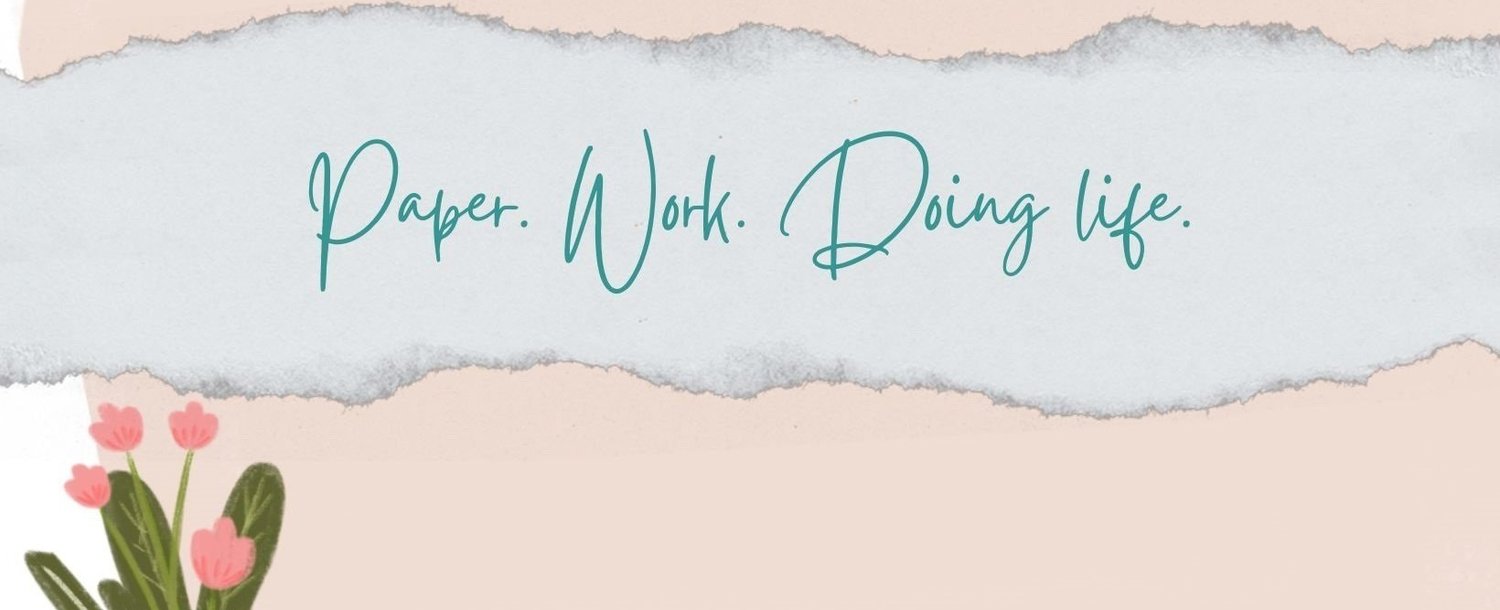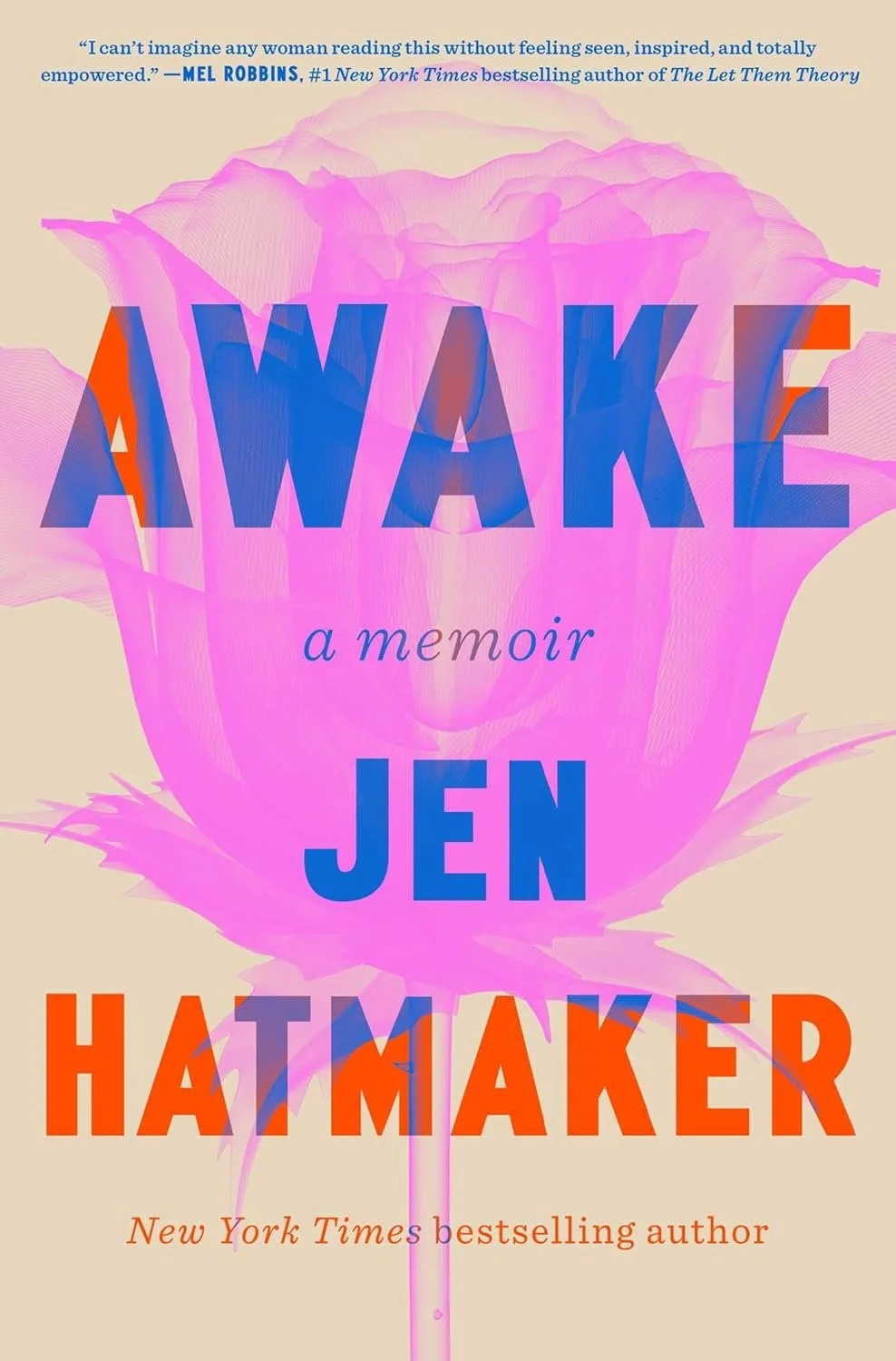Awake - Jen Hatmaker
Genre: Memoir
Jen Hatmaker does not disappoint even as she writes about the most difficult experiences in her life in her soon to come memoir Awake. I have read many of her books. I have been following her social media for a number of years. We - her community - worried over her during the time she recounts. We worked to honor her privacy while trying to find a way to show our support. We knew she was hurting and absent, and we didn’t know why. And in spite of the cruelty of some, we didn’t feel we needed to know. God knew. We could pray.
Jen waited years to fully process her grief and work on her new life before writing and publishing this beautifully reflective memoir. I love how she weaves the memories from childhood forward into this book. She has clearly done the work to: a. figure out what shaped young Jen and her decisions- particularly to marry as a teenager and b. figure out how to move forward - awake, living her best life. Her writing here is clearly meant more to explore these things and not, as I’ve seen some accuse her, to share the salacious details of the implosion of her marriage. Her community expected this insight. Her community expected her to have considered her contributions to the implosion. Her community expected her to inspire and offer hope. I, we, will not be disappointed - our expectations have been met and exceeded.
The structure appeals to me very much as well. Some of her vignettes are several pages; others a mere sentence or two. She revisits childhood and junior high and young adulthood and alternates that with her marriage story and her moving forward. These all work seamlessly to create a picture of her marriage, her faith, her family, and her career that most of us who are middle aged ish can relate to. She encourages us through her work to do our own to shape our lives so that, like her, we are more awake in hope and joy. Jen is a beautiful writer. I love that I feel like she is just talking to me as she does through social media - but with the polish of her written words - delightful.
Please read Awake by Jen Hetmaker. You will be glad you did - whatever your situation, she models how to face challenges, accept help, work hard and get to the other side.





